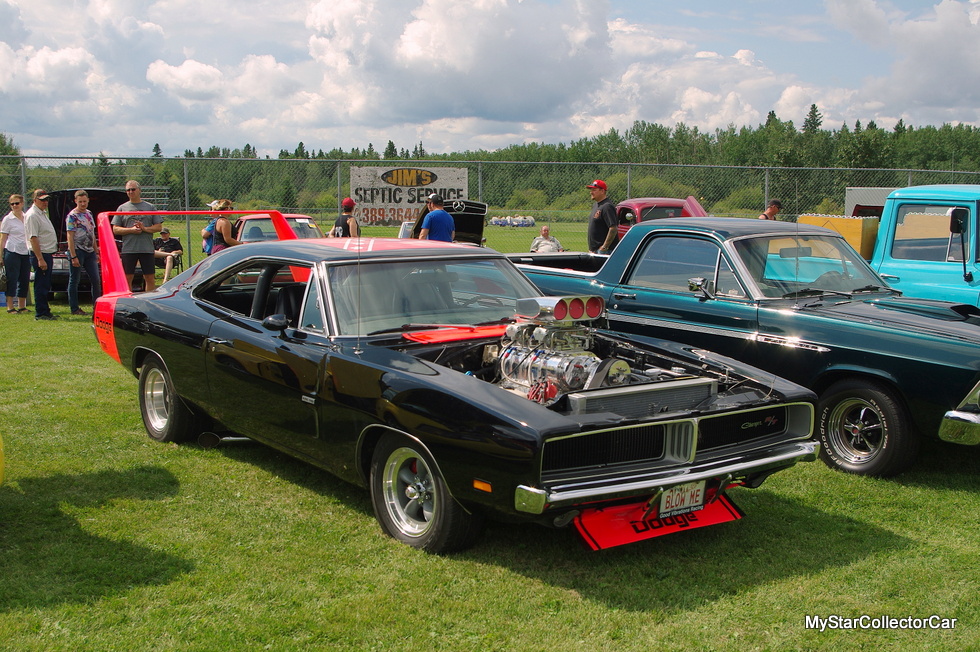
Most car guys would probably choose walking around naked outside all winter rather than drive their cherished old cars or trucks in the winter.
Standard operating procedure means most car guys throw a wing around the beloved old set of wheels, read them a bedtime story and tuck them in a safe place for the winter.
Car guys will even sing their cars a lullaby and kiss them good night in the garage before they pull a security blanket over the old car in the fall.
When the warm summer months are behind both car and owner on the calendar, then it is long winter nap time for the old warrior.
But what about the car guy who needs to use an old car as a primary means of transportation in the winter?
This happens occasionally when necessity forces car guys to use their old rides as daily drivers, even during winters in places like my town where brass monkeys fear to tread.
The idea of an old set of wheels poised to tackle a brand new winter is rife with perils and pitfalls, so careful choices have to be made when it comes to the concept. The first thing to consider is the age of the car because there is a point where old cars have not been a good winter choice since they were new winter cars and thus the only choice. Bear in mind my scenario involves original equipment cars for winter drivers.
I would rule out pre-war cars as winter drivers for many reasons Scarcity of parts would be one reason because a winter in my area is like stepping into the ring with a young Muhammed Ali and a car will absorb a lot of punishment during the sub-zero portion of the seasonal program.
Mechanical failure is a real possibility for 70-plus year old vehicles because they wear out with age, just like us, even if we do all the right things for ourselves and our cars. Mechanical failure is even more likely when the entire region turns into one giant ice cube during the winter months, so rule out a pre-war vehicle as a daily winter driver.
Post-war vehicles pose a problem as well because they are also not young anymore either. For the most part, they ran on 6-volt systems until the mid-50s and I have experienced first-hand how well a 6-volt car starter works in sub-zero weather. The engine better fire real fast to even give you a fighting chance to start a 6-volt car when winter has it in an icy death grip.
Did I mention the heater/defrost system in old cars? All I can say is dress warmly and carry a big ice scraper when you drive an ancient vehicle in a winter deep freeze. The inside windows of the car will get covered with a layer of expelled warm lung air so you will have to scrape, shift and steer your way home. There will be a small area at the bottom of the windshield that will be clear enough to see a tiny portion of the road if you are short enough to just see over the dashboard.
The truth is vehicles from the 60s and up are your best bet for winter drivers. Mechanical replacement parts are more likely to be available for them and you will have better heaters, plus a 12-volt starting system on your side.
The older rides may even give you a fighting chance to start when new vehicles fail to start in extreme cold. The secret will be a well-set choke along with a good set of plugs and points fired up by the best battery money can buy. I have owned and driven many of these old warriors in my earlier years during winter conditions where -40 temperatures have not stopped me or them from hitting the road.
So it can be done, an old car or truck can still duke it out with a horrible winter, but it will not love the experience.
The upside is the sight of an old warrior on the road in the dead of winter and that is definitely a Billy Jack hero salute moment for the rest of us on the road.
Jim Sutherland






























































